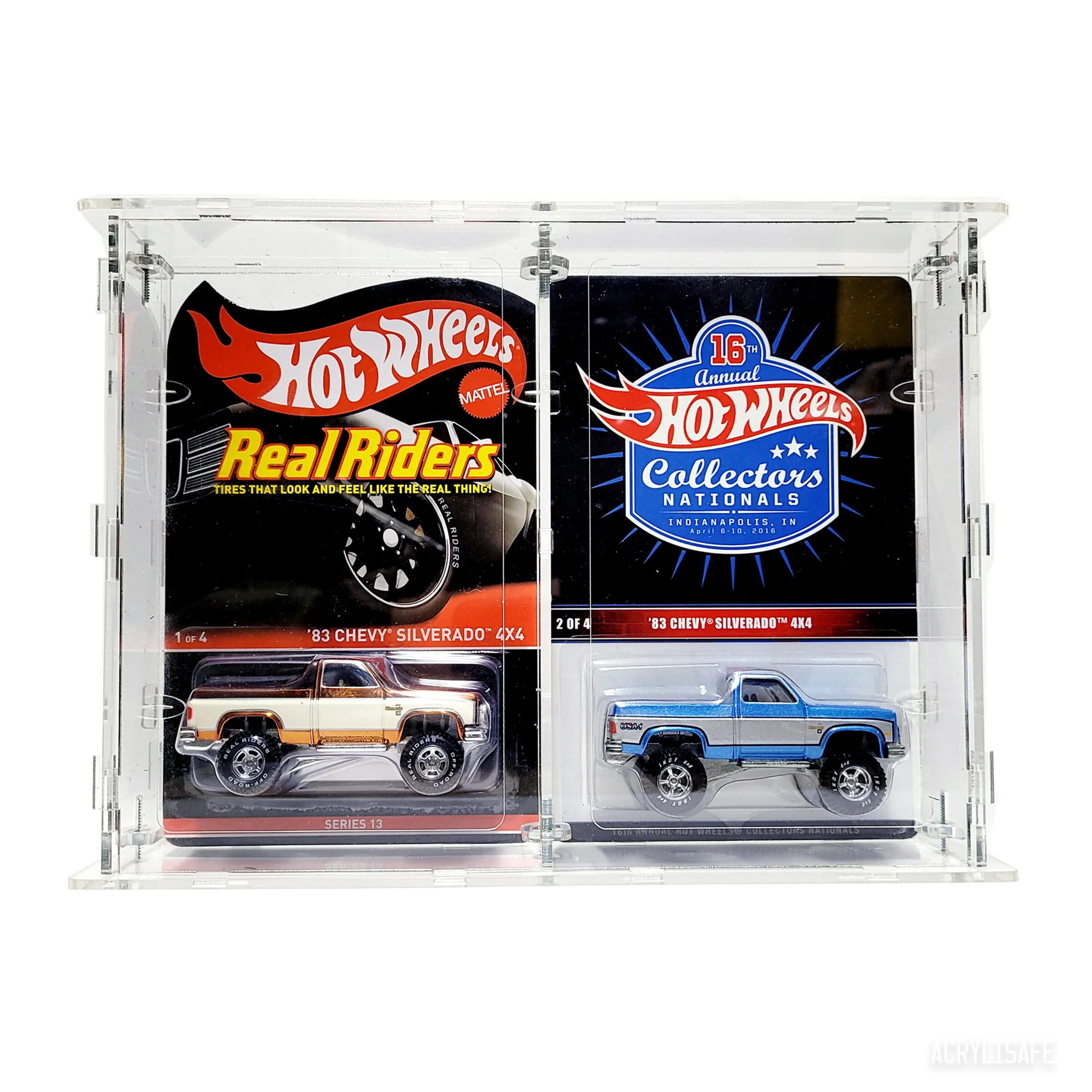The Allure of Diecast Models
Diecast models have captivated enthusiasts for generations, offering a tangible connection to the world of automobiles, aircraft, and other vehicles. These meticulously crafted replicas, often made of metal, provide a unique blend of artistry, engineering, and nostalgia. From the gleaming paintwork to the intricate details, diecast models offer a miniature representation of their full-sized counterparts, sparking the imagination and providing a rewarding collecting experience. The hobby of collecting diecast models is not just about acquiring objects; it’s about appreciating history, craftsmanship, and the enduring appeal of iconic vehicles. With the increasing demand for collectables, the diecast market is booming.
Fact 1 The History of Diecast Models
The history of diecast models is a fascinating journey that mirrors the evolution of manufacturing and the automobile itself. The earliest diecast toys emerged in the early 20th century, initially as simple promotional items and toys. These early models were often crude, but they laid the groundwork for the highly detailed replicas we see today. Over the years, the materials and production techniques have evolved, leading to an unprecedented level of realism and accuracy. The history of diecast models is also a reflection of the growth of the automotive industry, with manufacturers constantly updating their models to reflect the latest innovations and trends. Furthermore, these collectibles are a bridge to the past for many people, and are more than just toys, they represent history.
Early Production Methods
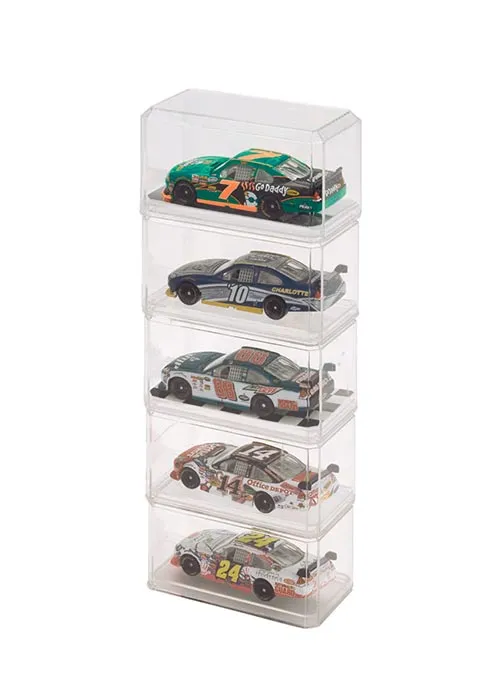
Early diecast models were manufactured using relatively basic methods. The process involved injecting molten metal, usually zinc alloy, into a mold under pressure. This method, known as die casting, allowed for the creation of complex shapes and intricate details. The molds themselves were often made of steel and were capable of producing multiple parts simultaneously. Hand finishing and painting were crucial steps in the early production process, as they added the final touches of realism. These early methods, while less refined than modern techniques, set the stage for the evolution of diecast manufacturing.
Evolution of Materials
The materials used in diecast model production have changed significantly over time. Early models were primarily made of zinc alloy due to its low melting point and ability to capture fine details. Over time, manufacturers began to experiment with different materials to improve durability, accuracy, and appearance. The introduction of plastics allowed for more complex designs and greater detail, while the development of advanced paints and coatings enhanced the realism. Today, diecast models often incorporate a mix of materials, including metal, plastic, rubber, and even photo-etched parts, to achieve the highest level of authenticity and detail. The right materials can make a difference in the quality and value.
Fact 2 Various Scales and Sizes
Diecast models come in a wide range of scales, each representing a different ratio of the model to the original vehicle. The most popular scales include 1:18, 1:24, 1:43, and 1:64, each offering a different level of detail and size. The choice of scale often depends on the collector’s preferences, available space, and the level of detail desired. Larger scales, such as 1:18, allow for greater detail and more complex features, while smaller scales, like 1:64, are more compact and affordable. The variety of scales ensures that there’s a model for every collector’s needs, from casual enthusiasts to serious collectors. Having an understanding of the scale of the models is very important.
Common Scales Explained
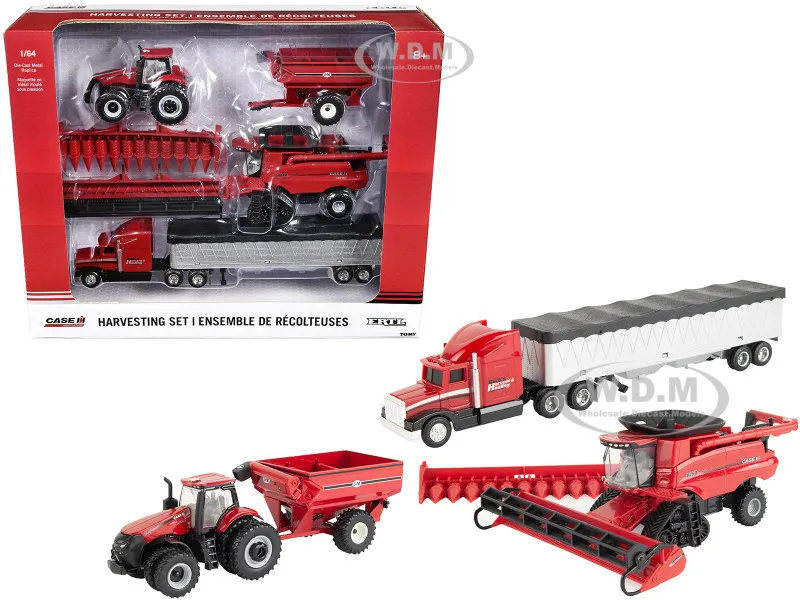
The most common scales in the diecast world are 1:18, 1:24, 1:43, and 1:64. In 1:18 scale, a model is one-eighteenth the size of the original vehicle, offering a high level of detail and allowing for intricate features. 1:24 scale is slightly smaller, still providing considerable detail and is very popular. 1:43 scale models are more compact, making them ideal for collectors with limited space, and they still offer a great deal of realism. 1:64 scale models, often referred to as ‘Matchbox’ or ‘Hot Wheels’ size, are the smallest and most affordable, making them a popular choice for many collectors. Each scale caters to different preferences, providing a diverse range of options for collectors to choose from.
The Importance of Scale in Collecting
Scale is a fundamental aspect of diecast collecting, influencing the size, detail, and cost of the models. Scale dictates the level of detail that can be incorporated into a model, with larger scales generally allowing for more intricate features. The choice of scale also impacts the display and storage of a collection, with larger scales requiring more space. Scale also plays a role in the overall collecting experience, as it affects the realism and visual impact of the models. Many collectors specialize in a specific scale, allowing them to focus their collecting efforts and create a cohesive collection. It is important to consider the scale before starting or continuing with a collection.
Fact 3 Materials Used in Diecast Production
The materials used in diecast model production are crucial to their quality, durability, and appearance. Zinc alloy, often referred to as ‘pot metal’, is the most common material used for the main body of diecast models due to its ability to capture fine details and its relatively low melting point. Other materials include ABS plastic, used for parts such as dashboards, seats, and other interior components. Rubber is used for tires, providing a realistic look and feel. Photo-etched parts, made of thin metal sheets, are used for intricate details like grilles and badges. The combination of these materials allows for a high level of realism and detail in the finished models. Choosing high-quality materials is a good indicator of the quality of the models.
Zinc Alloy and Its Benefits
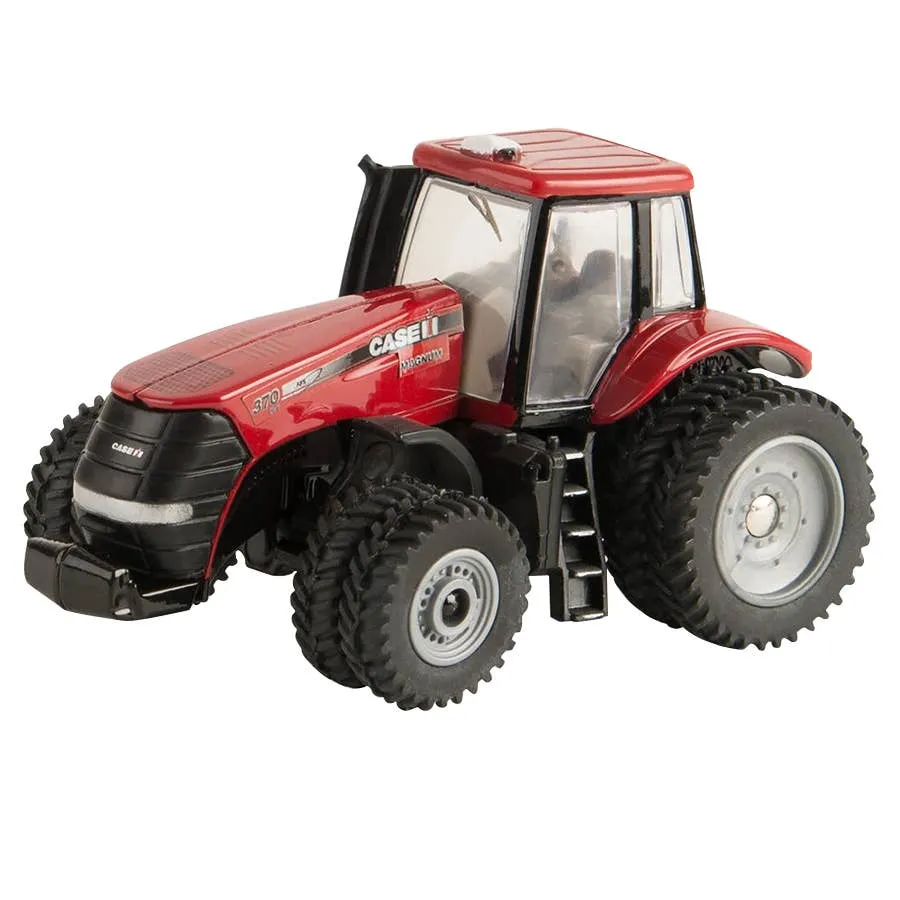
Zinc alloy is the workhorse of diecast model production, prized for its unique properties. Its low melting point allows for intricate designs to be cast with precision. The alloy’s ability to hold fine details, combined with its relatively low cost, makes it ideal for producing detailed models. Furthermore, zinc alloy is strong and durable, ensuring the models can withstand handling and storage. The metal’s ability to take paint and finishes also contributes to the overall realism of the models. Zinc alloy remains a popular choice for diecast model manufacturers, offering a balance of cost-effectiveness and quality.
Plastics and Other Materials
In addition to zinc alloy, various other materials play a role in diecast model construction. ABS plastic is frequently used for interior components, offering flexibility and the ability to mold complex shapes. Clear plastics are used for windows and headlights, adding to the realism. Rubber tires provide a realistic look and feel, enhancing the model’s overall appearance. Photo-etched parts are used for fine details like grilles and badges, providing a level of intricacy that would be difficult to achieve with other materials. These diverse materials work together to create detailed and realistic miniature representations.
Fact 4 Iconic Brands in the Diecast World
The diecast world is home to a plethora of iconic brands that have shaped the hobby over the years. These brands have built reputations for quality, detail, and authenticity, making them highly sought-after by collectors. Names like Hot Wheels, Matchbox, Maisto, and Autoart are synonymous with diecast models, each with a distinct style and focus. Other notable brands include Minichamps, Bburago, and Kyosho, each contributing to the diversity and richness of the diecast landscape. The brand is important to consider when building a collection, as it can have an effect on the value.
Top Manufacturers
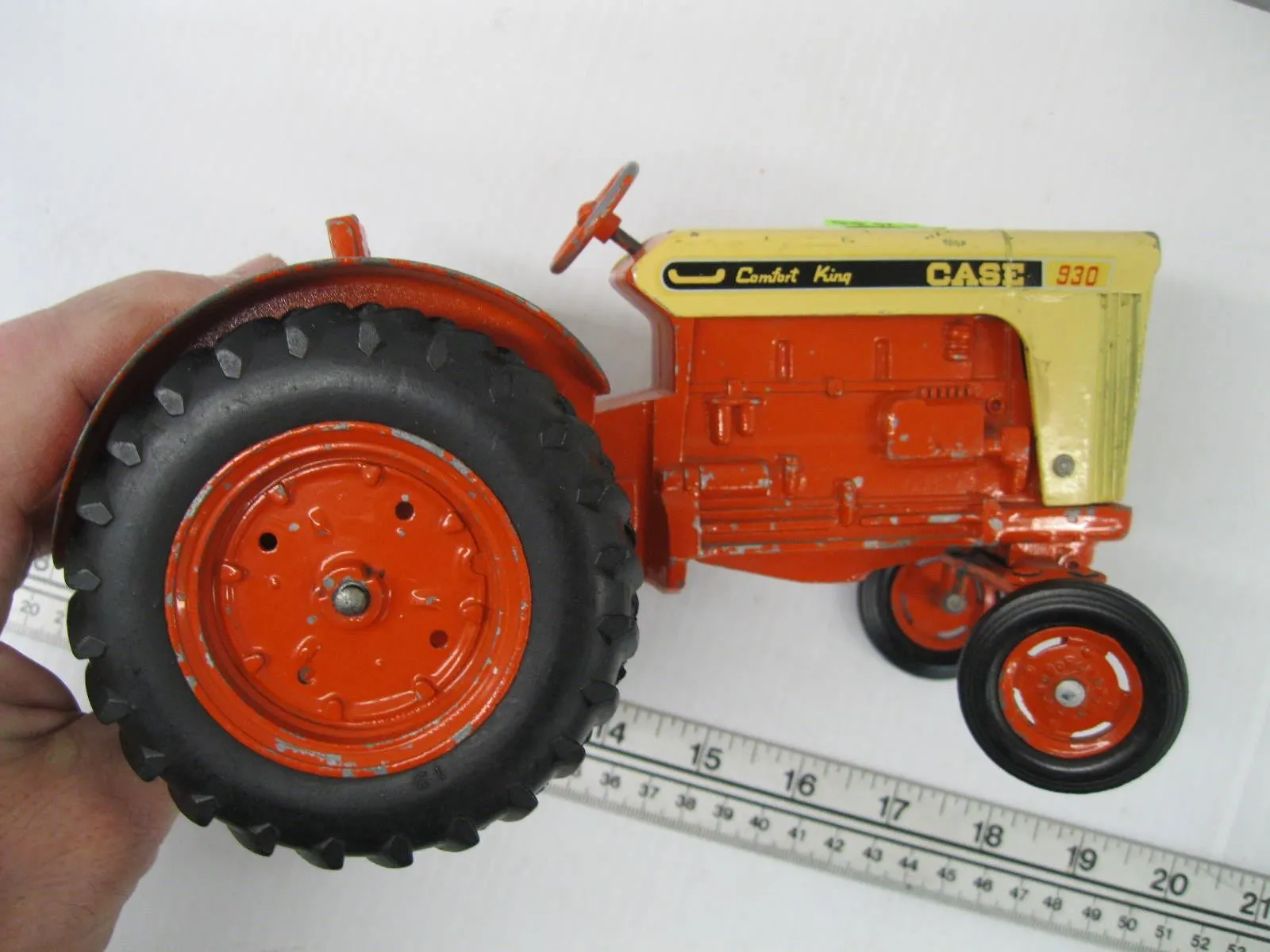
Several manufacturers have risen to prominence in the diecast world. Autoart is renowned for its high-quality models, exceptional detail, and accurate representations of real-world vehicles. Minichamps is another top-tier brand, known for its extensive range of models and focus on racing cars. Hot Wheels and Matchbox are two of the most popular brands, offering a wide variety of affordable and collectible models. Other notable manufacturers include Kyosho, known for its Japanese car models, and Bburago, which is known for its classic Italian cars. These manufacturers have set the standard for excellence in the diecast hobby.
Factors that influence model popularity
The popularity of a diecast model is influenced by several factors. Rarity is a major factor, with limited-edition models often commanding higher prices and greater desirability. The accuracy and detail of the model are also critical, with collectors seeking realistic and well-crafted replicas. The brand and manufacturer also influence popularity, with models from well-regarded brands often being more sought-after. The subject of the model, whether it’s a classic car, a race car, or a modern vehicle, plays a significant role in its appeal. The historical significance of the vehicle also drives popularity.
Fact 5 Detailing and Accuracy
Detailing and accuracy are paramount in the world of diecast models. Collectors seek models that accurately replicate the features of their real-world counterparts. This includes everything from the body lines and paintwork to the interior details and engine components. Modern diecast models are capable of an astonishing level of detail, with many featuring opening doors, hoods, and trunks, as well as intricate engine bays and detailed interiors. The level of detail directly impacts the value and desirability of a model, with more detailed and accurate models often being the most prized. The right amount of detail is what makes diecast models worth collecting.
Level of Detail in Modern Models
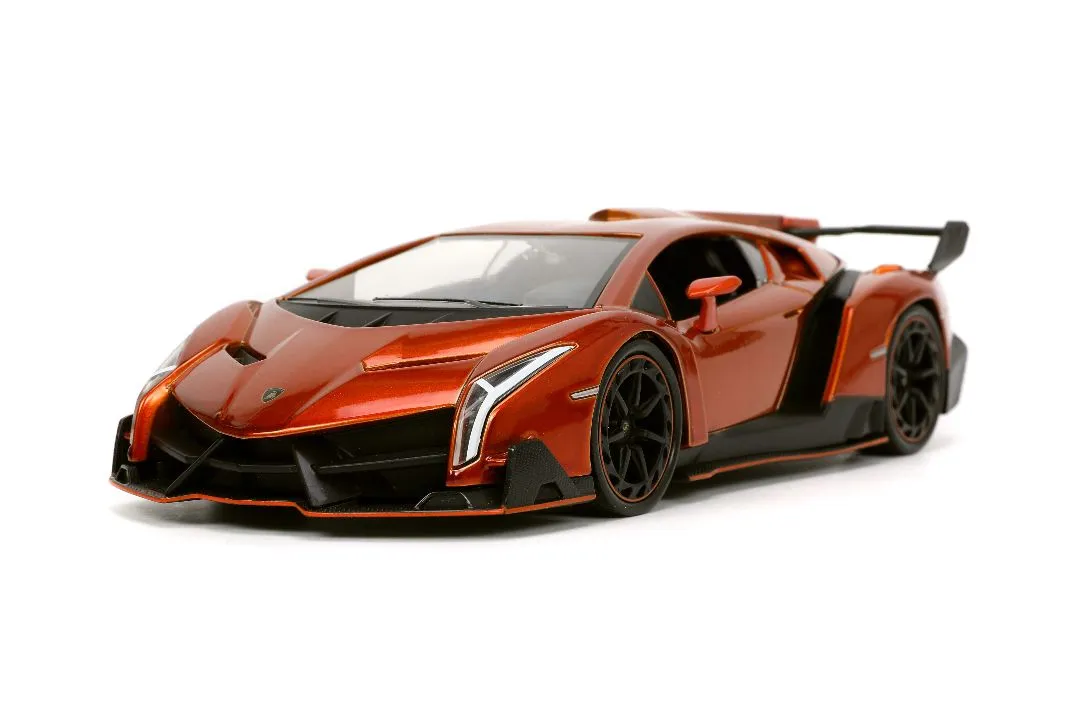
Modern diecast models showcase an unparalleled level of detail, pushing the boundaries of realism. Manufacturers employ advanced techniques and materials to create models that are virtually indistinguishable from the real thing. This includes features like detailed engine compartments with individual wiring and hoses, intricately designed interiors with realistic seats and dashboards, and authentic paint finishes. Some models even include functional features like working steering and suspension. The level of detail in modern models reflects advancements in manufacturing technology, with collectors now expecting the highest levels of realism and accuracy.
The Importance of Authenticity
Authenticity is a crucial aspect of diecast collecting. Collectors want models that accurately represent the real-world vehicles they are based on. This includes accurate body lines, paint colors, and markings, as well as details like badging, logos, and interior features. Authenticity also extends to the model’s historical accuracy, with collectors seeking models that represent specific years, trims, and configurations of the original vehicles. Authenticity ensures that the model accurately reflects its real-world counterpart, and it adds to its value and appeal. The better the authenticity, the better the value of the diecast.
Fact 6 Factors Affecting Value
The value of diecast models is influenced by a variety of factors. Rarity is a major determinant, with limited-edition models and those that are no longer in production often commanding higher prices. The brand and manufacturer also play a role, with models from well-regarded brands often being more valuable. The level of detail and accuracy significantly impact value, with more detailed and authentic models generally being more sought-after. The condition of the model is also crucial, with models in mint condition being the most valuable. Original packaging can also significantly increase the value of a model. The best way to make sure your models maintain their value is to take good care of them.
Rarity and Limited Editions
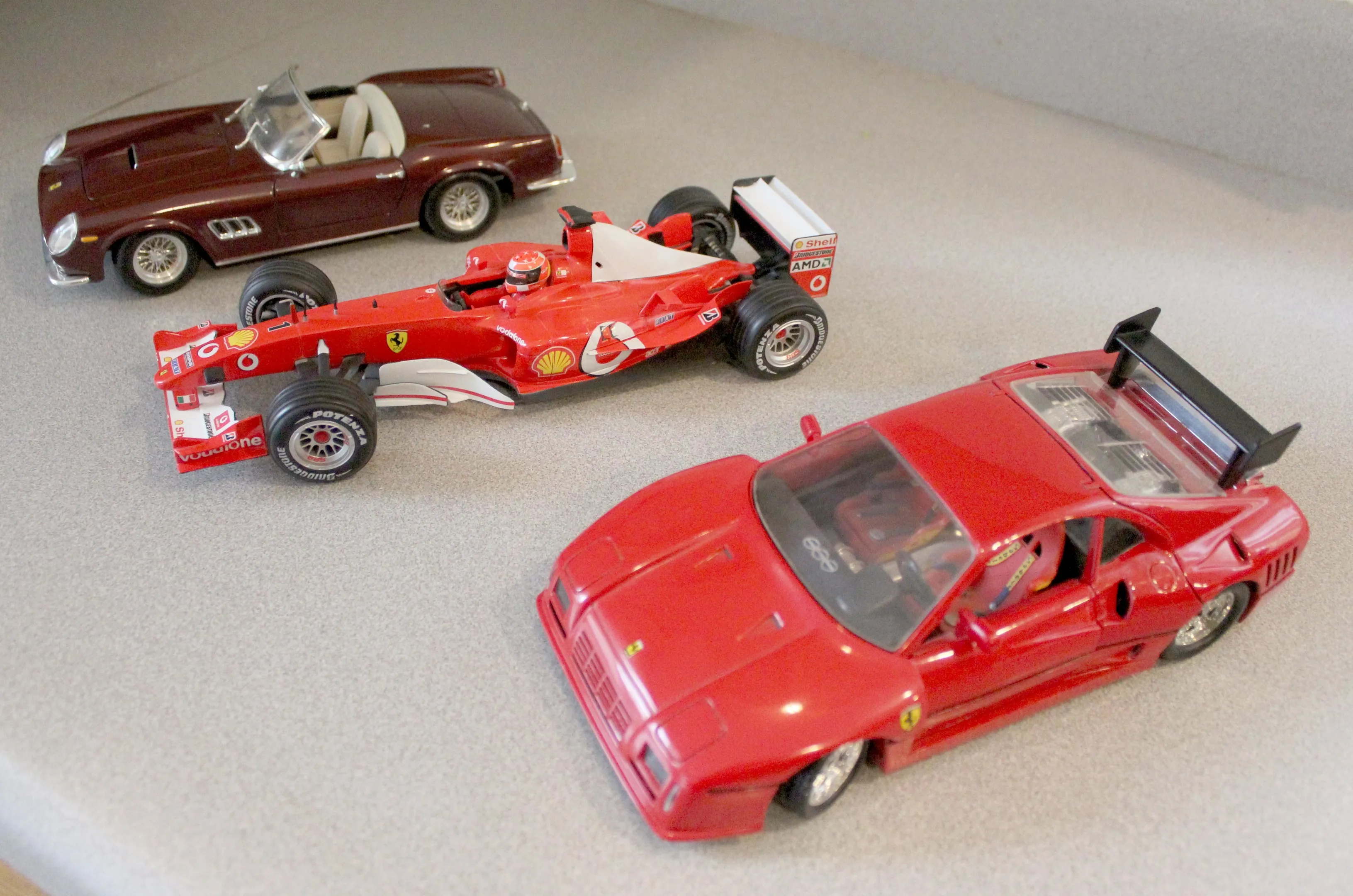
Rarity and limited editions are major drivers of value in the diecast world. Models produced in limited quantities or those that are no longer in production are often highly sought-after by collectors. Limited-edition models may be produced to commemorate special events or to cater to a specific niche of collectors. Rarity can significantly increase the value of a model, especially if it’s in high demand. Collectors often seek out rare and limited-edition models to add to their collections, knowing that these models may appreciate in value over time.
Condition and Preservation
The condition of a diecast model is a critical factor in determining its value. Models in mint condition, with no scratches, dents, or other imperfections, are the most valuable. Collectors often prioritize models that are still in their original packaging, as this indicates that they have been well-preserved. Proper preservation techniques, such as storing models in a climate-controlled environment away from direct sunlight, can help to maintain their condition. Regular cleaning and careful handling are also essential. The better the condition, the higher the value of the diecast models.
Fact 7 Caring for and Displaying Diecast Models
Caring for and displaying diecast models is essential to preserving their value and ensuring their long-term enjoyment. Proper storage and handling techniques can prevent damage and maintain the model’s condition. Displaying models in a visually appealing way enhances their aesthetic appeal and showcases them to their best advantage. Regular cleaning and maintenance are also crucial to keep the models looking their best. By following these best practices, collectors can protect their investment and enjoy their diecast models for many years to come. Proper display techniques are also important.
Best Practices for Storage
Proper storage is essential to protect diecast models from damage and deterioration. The best way to store models is in a climate-controlled environment, away from direct sunlight and extreme temperatures. Models should be stored in a dust-free environment, away from moisture and humidity, as these conditions can cause rust and corrosion. Original packaging should be preserved, as it can help protect the model and increase its value. Individual display cases or protective sleeves can also be used to protect models from dust and scratches. Avoid storing models in attics or basements, as these areas are prone to temperature fluctuations and humidity.
Display Techniques
Displaying diecast models is an art form, allowing collectors to showcase their prized possessions in a visually appealing way. There are several techniques to consider when displaying diecast models. Display cases are a popular choice, as they provide protection from dust and allow for easy viewing. Shelves can be used to create a tiered display, allowing collectors to showcase models of various sizes and scales. Lighting is another important element, with spotlights and track lighting highlighting the models’ details. The overall aesthetic of the display should complement the models and create a visually pleasing experience. A well-displayed collection is more valuable than a collection that is not displayed well.
Conclusion
Diecast models offer a unique and rewarding collecting experience, combining artistry, engineering, and nostalgia. From their humble beginnings to their current status as highly detailed replicas, diecast models have captivated enthusiasts for generations. Understanding the history, scales, materials, brands, detailing, value, and care of these models is essential for any collector. Whether you’re a seasoned collector or just starting out, the world of diecast models offers a fascinating journey filled with history, craftsmanship, and enduring appeal. The hobby of collecting diecast models continues to evolve, with new models and innovations constantly emerging, ensuring that there’s always something new to discover.
